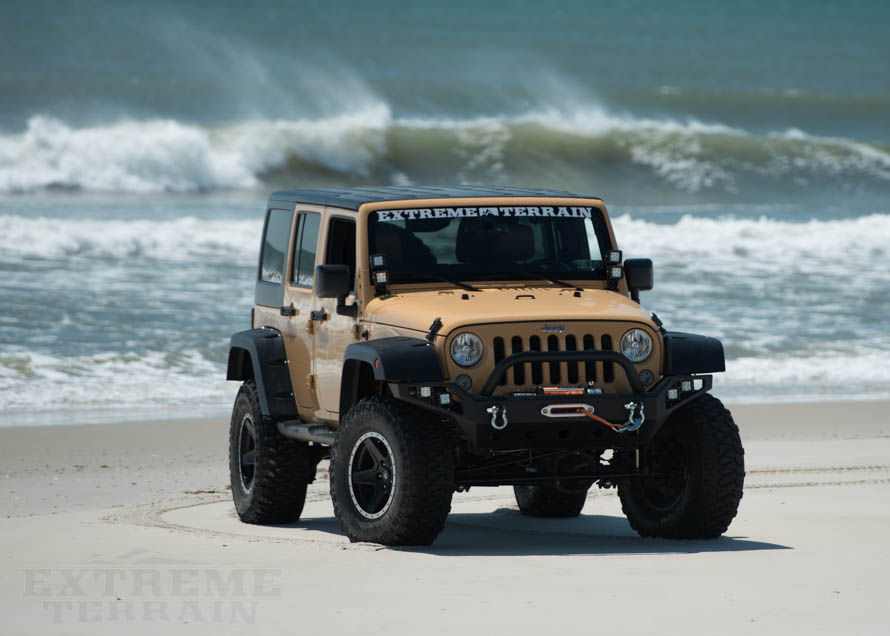Engines found in newer Wranglers have come a long way from the early generation CJs. As Jeep continues to refine the Wrangler, the engine is a vital key to that advancement in performance and comfort. In this information guide, we’ll focus on Jeep’s Pentastar engine, which is found on late 2012+ JK models and the most recent 2018+ JL models. The guide will focus on some of the major internal parts of an engine and also offer advice on how to maintain these components, avoid severe damage, and when to upgrade or replace them.
Contents
Shop Wrangle Internal Engine Parts
The need to take your rig's engine apart should ideally by for preventive maintenance, but sometimes catastrophe strikes and suddenly you have timing chain issues. Worse yet, perhaps you've thrown a rod. In either situation, if you're doing the work yourself, you'll want to make sure you have all the right parts and tools for the job.


